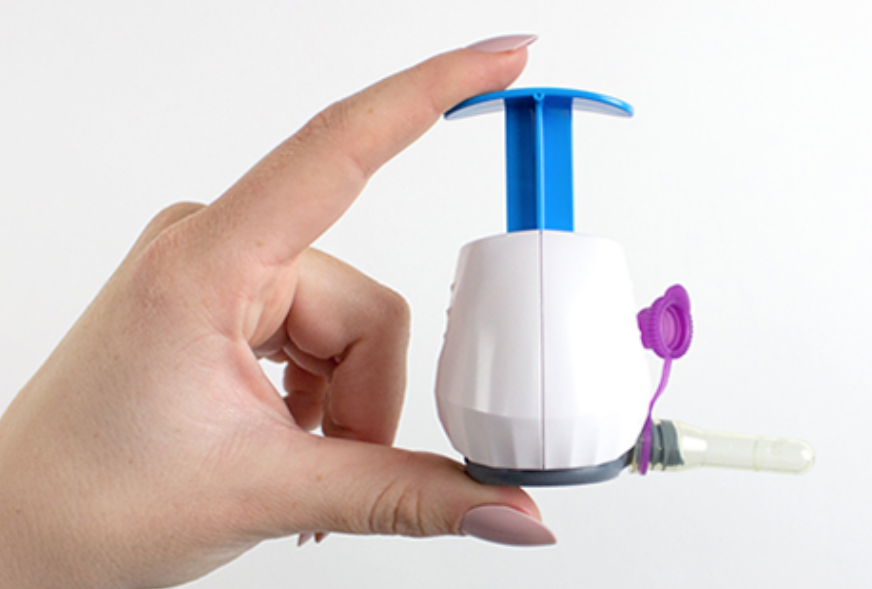Transdermal sampling – collecting blood through the skin – is a reliable alternative to taking blood samples from a vein with a needle in children with type 1 diabetes (T1D), new research has found.

The study by Oxford researchers is the first to test the acceptability of transdermal sampling in children. Sixty-three percent of participants preferred this method to a needle, while just seven percent preferred the needle.
These results, published in the journal Diabetes Care, could pave the way for this technique to be used in other settings, such as general paediatrics.
In this study researchers tested the ability to sample C-peptide in children and adults using the transdermal technique. C-peptide measures pancreatic function, a marker of the body’s insulin production, a process which is faulty in T1D, requiring lifelong insulin replacement by injection or insulin pump. Measuring C-peptide in T1D is used to understand whether interventions to stop or reverse the disease have worked.
Dr Rachel Besser, a paediatric diabetes consultant at Oxford University Hospitals (OUH) NHS Foundation Trust and researcher at the University of Oxford’s Centre for Human Genetics, led the study.
She said: “The typical method of collecting blood is with a needle, which is a challenge for many young children and restricts testing to the healthcare setting. We wanted to see if using the transdermal method of collecting blood through the skin could be a practical alternative.”
The study, which was supported by the National Institute for Health and Care Research(NIHR) Oxford Biomedical Research Centre (BRC), involved 91 participants recruited at OUH: 71 children and adults with T1D, and 20 adult controls.
The study used a Touch Activated Phlebotomy (TAP I) device, which has been developed for painless and minimally invasive blood collection and has been tested successfully in a number of clinical and laboratory settings. But it had not been tested for measuring C-peptide in T1D, nor had it been assessed for acceptability in children.
The TAP I device combines capillary action with the use of 1mm-long solid microneedles and vacuum extraction through the skin.
“Participants in the study overwhelmingly preferred the transdermal device to blood sampling with a needle. But perhaps more importantly the method was highly accurate for measuring C-peptide, meaning it would be a reliable and practical alternative for C-peptide sampling,” Dr Besser explained.
“This has major implications; the transdermal collection method has great potential for use in other paediatric settings, and which colleagues at OUH are planning to test.”